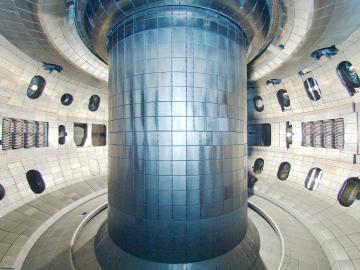Filter News
Area of Research
- (-) Data (1)
- (-) Neutron Science (17)
- (-) Nuclear Science and Technology (6)
- Advanced Manufacturing (4)
- Biological Systems (2)
- Biology and Environment (7)
- Clean Energy (41)
- Climate and Environmental Systems (1)
- Fossil Energy (1)
- Isotope Development and Production (1)
- Materials (21)
- Sensors and Controls (1)
- Supercomputing (17)
- Transportation Systems (1)
News Topics
Media Contacts
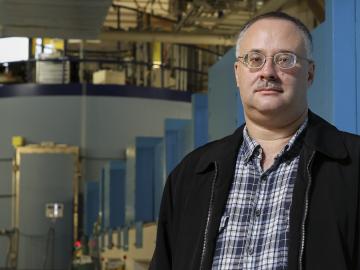
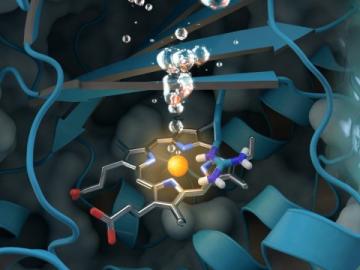
A new study sheds light on a unique enzyme that could provide an eco-friendly treatment for chlorite-contaminated water supplies and improve water quality worldwide. An international team of researchers led by Christian Obinger from the University of Vienna used neutron analys...
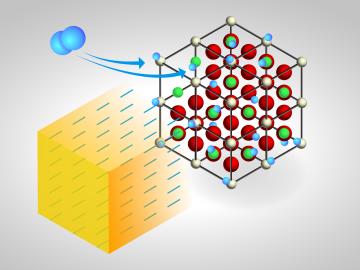
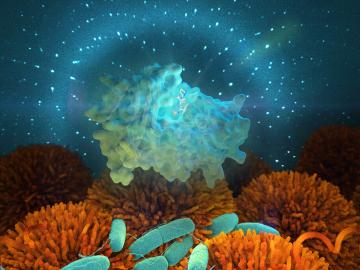
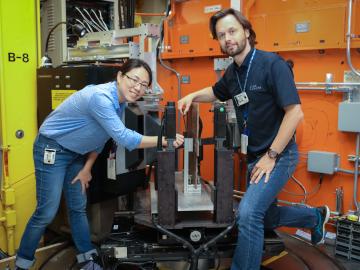
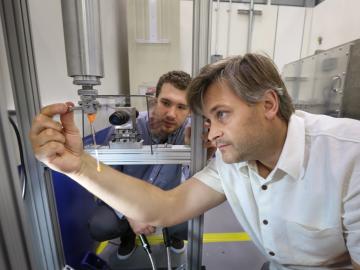
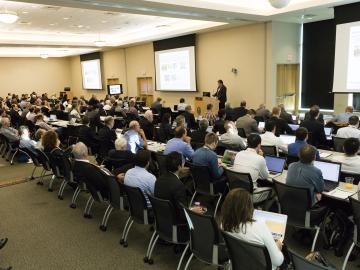
The third annual Molten Salt Reactor Workshop allowed leading voices on advanced reactors—including scientists from the national laboratory system, the Nuclear Regulatory Commission, reactor design firms and universities—to discuss current efforts in molten salt reactor work and pu...

For many scientists and engineers, the first real test of their mettle comes not in a classroom, but in a lab or the field, where hands-on experience can teach volumes. For Susan Hogle, that hands-on experience just happened to be with material that was too hot to handle—literally....

After more than a year of operation at the Department of Energy’s (DOE’s) Oak Ridge National Laboratory (ORNL), the COHERENT experiment, using the world’s smallest neutrino detector, has found a big fingerprint of the elusive, electrically neutral particles that interact only weakly with matter.
